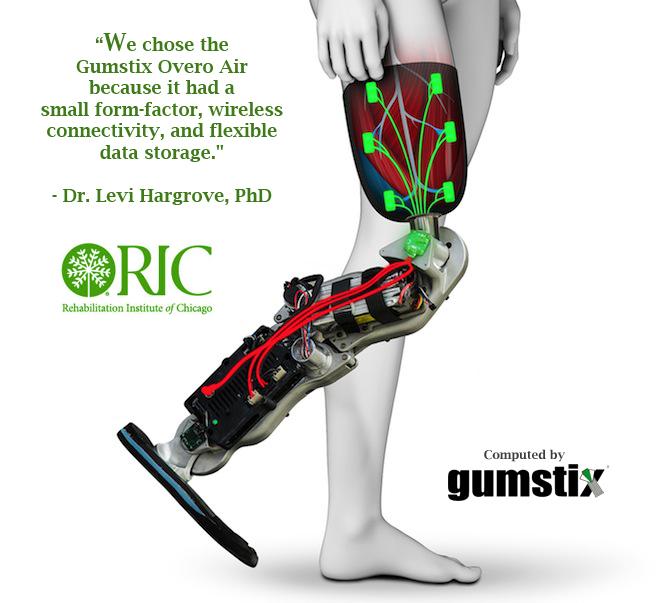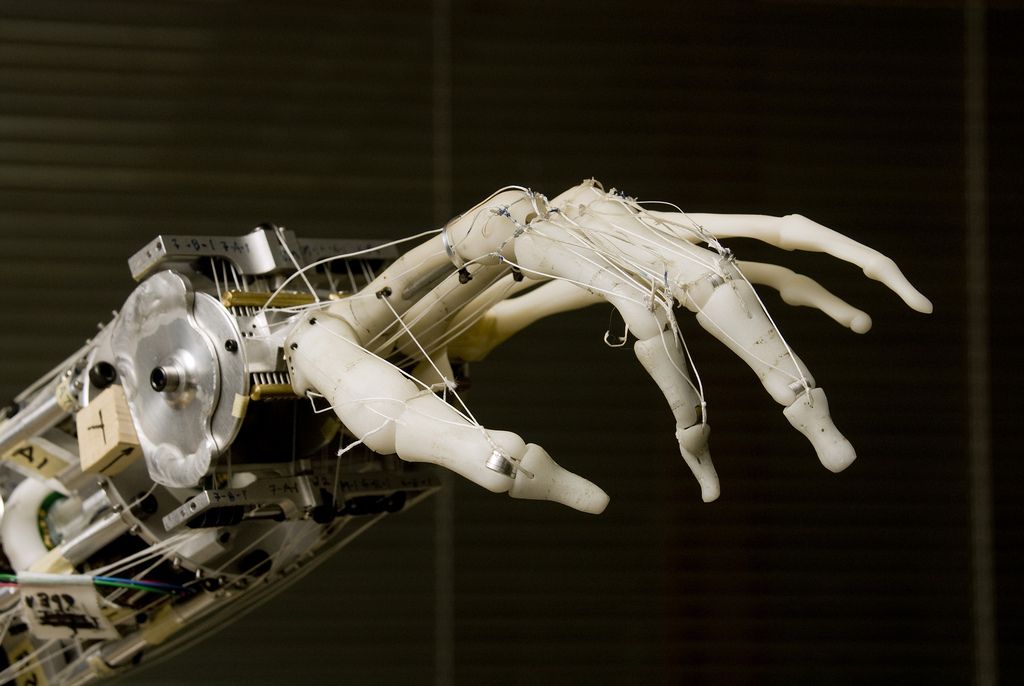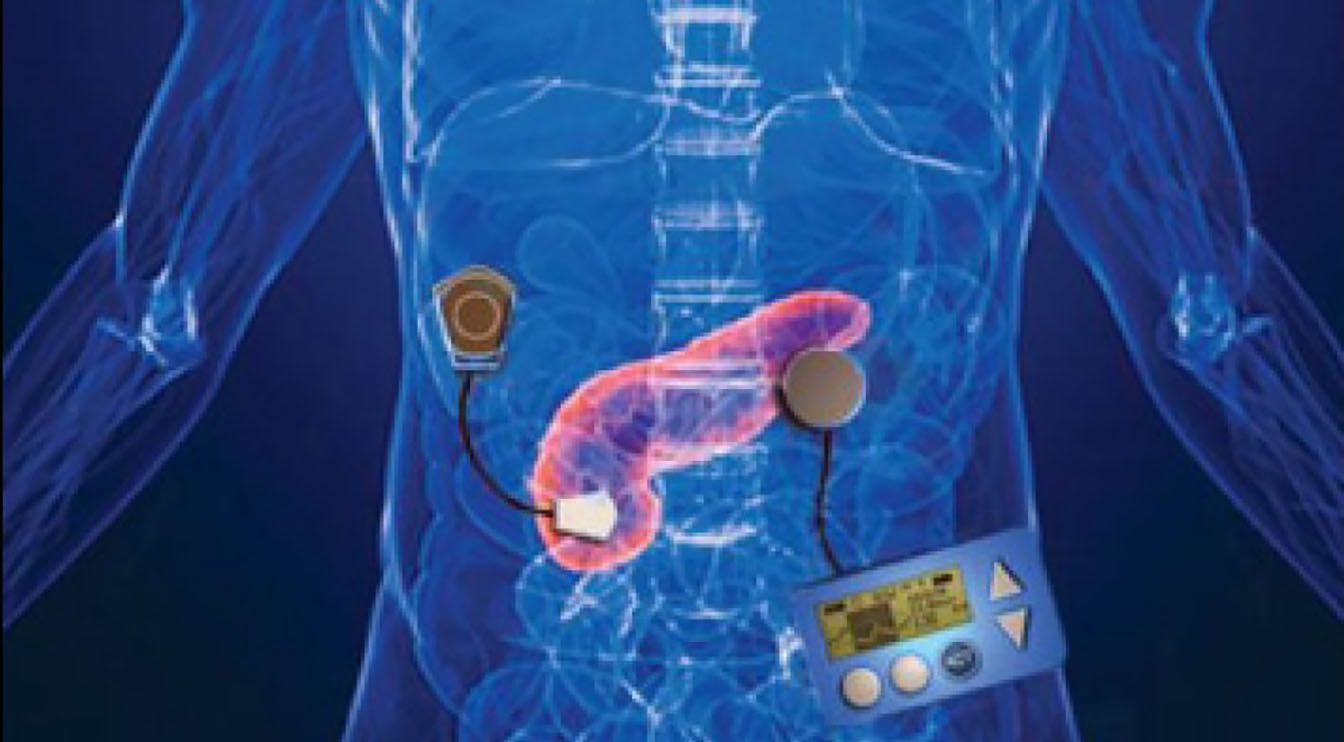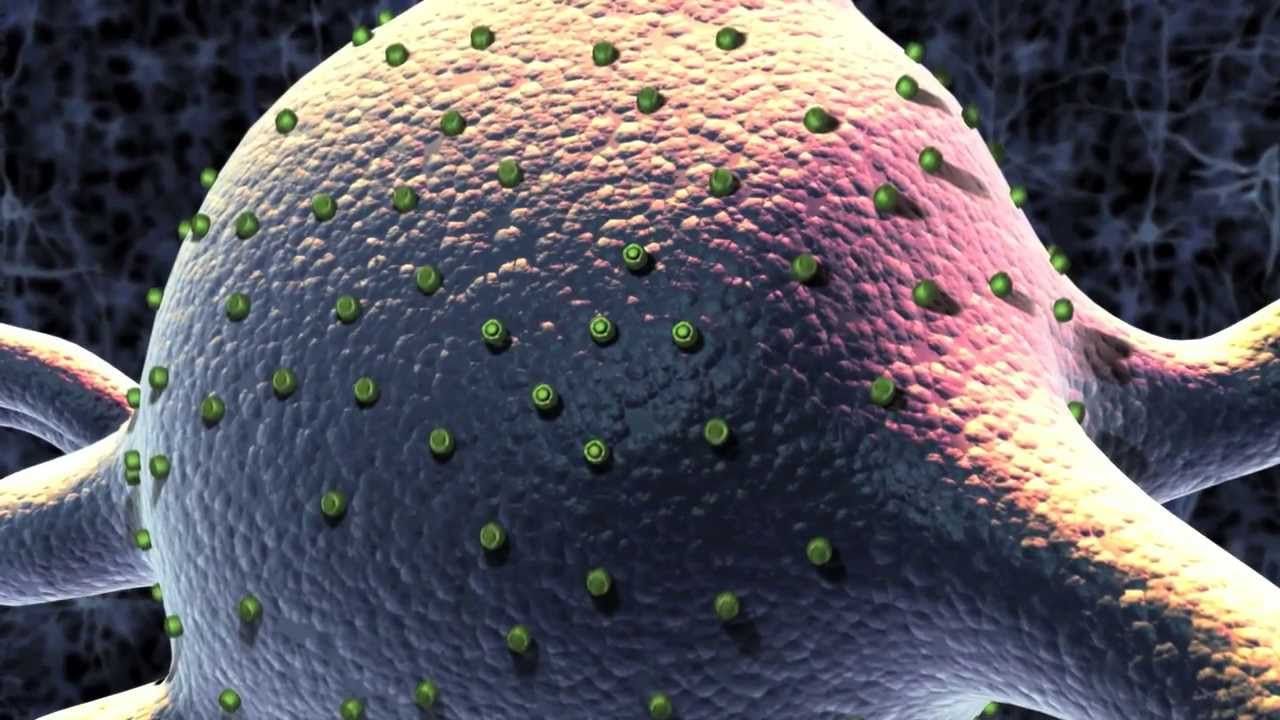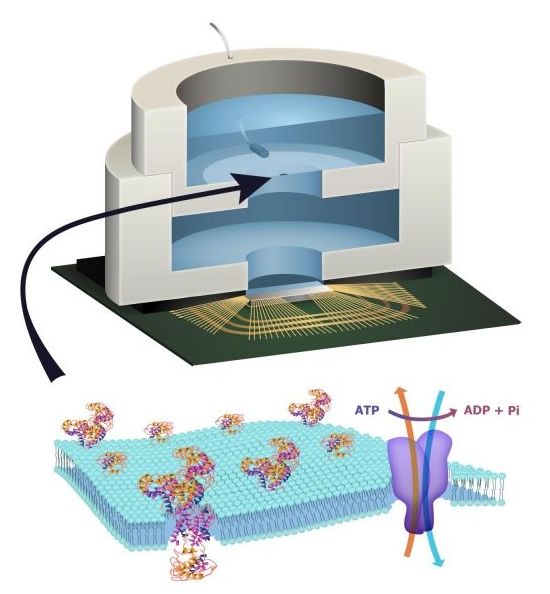Dec 30, 2015
Computer-on-Modules Enable First Bionic Leg with No Surgery or Implants
Posted by Shailesh Prasad in categories: biotech/medical, computing, cyborgs, electronics, transhumanism
Small Form Factor Technology Solves Complexities of Thought-Controlled Leg Prosthetics
Rehabilitation Institute of Chicago has developed the first neural-controlled bionic leg, using no nerve redirection surgery or implanted sensors. It’s a powerful advancement in prosthetics, including motorized knee and ankle, and control enabled by the patient’s own neural signals. Powered by a tiny but powerful Computer-on-Module platform, this thought-controlled prosthetic represents a significant breakthrough in medical embedded design, improving patients’ lives and mobility with a prosthetic that more closely than ever acts like a fully-functioning natural limb.
The technology of prosthetic limbs has come a long way over time, yet options are still limited for leg amputees. While simple peg legs have evolved to more sophisticated and realistic artificial limbs, the patient was forced to undergo nerve surgery or endure invasive implants. And even though the technology to produce through-controlled mechanized arms has existed for some time, the complexities of leg motion have kept it from being successfully applied in leg prosthetics. Without the ability to move and control the knee and ankle, the prosthetic leg remained a passive solution for patients struggling to replicate natural leg motion.
